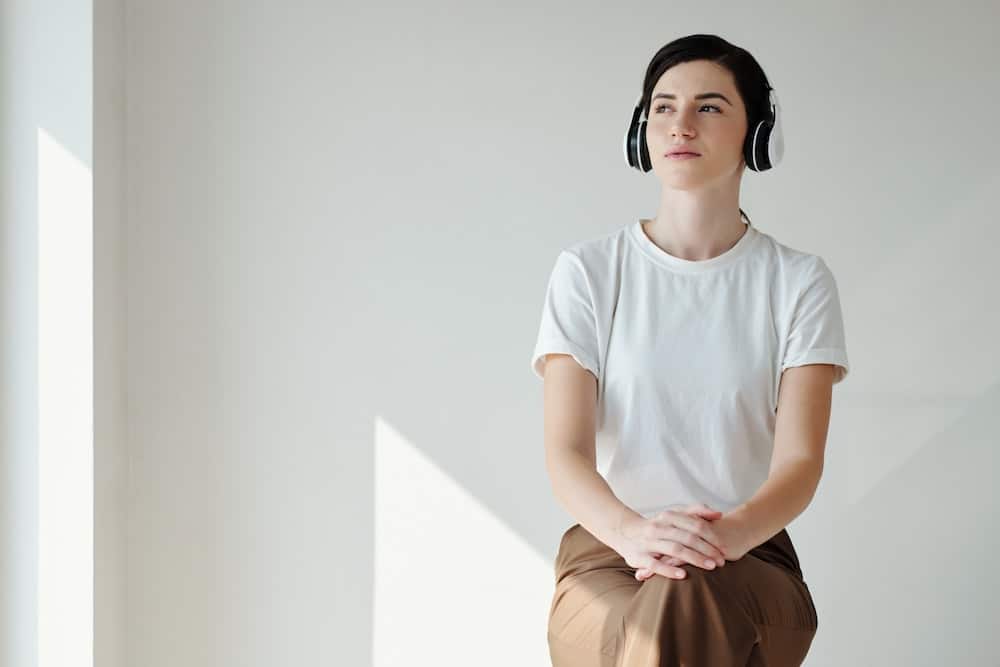What Are the Impacts of Virtual Reality-Enhanced Exercise on Motivation and Adherence?

Are you aware of the potential benefits virtual reality can bring to your exercise routine? Virtual reality (VR) technology is no longer confined to the gaming industry. It’s now making waves in the world of health and physical activity, providing a new, immersive way to keep fit. In this article, we’ll delve into scholarly studies and reviews, using renowned databases like Google Scholar, Crossref, and PubMed, to explore the impacts of virtual reality-enhanced exercise on motivation and adherence.
The Intersection of Virtual Reality and Physical Activity
The advent of virtual reality has transformed various industries, and the physical activity sector is not immune to its influence. With the rise of exercise-specific VR applications, many individuals are choosing to supplement their workout routines with this immersive technology.
Cela peut vous intéresser : What Are the Best Ergonomic Practices for Reducing Neck Pain Among Office Workers?
According to studies found on Google Scholar and Crossref, virtual reality can improve the motivation to exercise by creating an engaging and interactive environment. This is particularly beneficial for those who struggle with maintaining a regular exercise routine due to lack of interest or motivation.
A group study published on PubMed indicated that VR could enhance the physical activity experience by simulating real-world environments or activities, such as cycling through a beautiful landscape or playing a sport. This immersive quality not only increases enjoyment but can also distract from physical discomfort, making exercise more manageable and enjoyable.
A voir aussi : Can Creative Writing Workshops Reduce Symptoms of Depression in College Students?
The Effects of Virtual Reality on Exercise Motivation
Can virtual reality really motivate you to be more active? According to a review of studies featuring participants from a range of demographics, the answer is a resounding yes.
A study from Google Scholar found that participants using VR during exercise reported higher levels of enjoyment compared to those who performed traditional workouts. Furthermore, the immersive nature of VR was found to distract participants from their exertion, reducing their perception of effort and increasing their willingness to continue the activity.
Another review on Crossref observed that the competitive and game-like nature of many VR workouts can encourage participants to push themselves further. They reported increased heart rates and caloric expenditure in VR sessions compared to traditional workouts. The fun, competitive element introduced by VR can motivate individuals to maintain regular exercise sessions, contributing to improved health and fitness levels.
Adherence to Exercise Sessions: The VR Boost
Consistency is key when it comes to reaping the benefits of physical activity. But maintaining regular workout sessions can be challenging for many. This is where virtual reality comes into play.
A literature review on PubMed highlighted that VR-enhanced exercise could lead to higher adherence rates. The study involved participants following a VR-based exercise regimen for a period of six months. The results showed a significant increase in adherence compared to a control group engaging in traditional exercise methods.
The study suggested that the interactive, game-like elements of VR exercise could provide a stronger sense of achievement and satisfaction, motivating participants to stick with the program. In essence, by making workouts more engaging and fun, VR can potentially increase commitment to regular exercise.
Virtual Reality and Physical Health: An Encouraging Connection
The effects of virtual reality-enhanced exercise are not just psychological – there is an impressive body of evidence suggesting that VR can have tangible physical health benefits as well.
A study referenced on Google Scholar reported that participants who used VR exercise sessions showed improvements in balance and coordination. This is likely due to the immersive nature of VR, which can emulate real-life scenarios that challenge these physical attributes.
Another study on Crossref indicated that VR exercise programs could be beneficial for individuals with physical limitations or those undergoing rehabilitation. The controlled, adaptable nature of VR workouts allows for customization according to individual abilities and needs, making it a flexible tool for improving physical health in a comfortable, accessible way.
Immersive Activity: The New Era of Fitness
The integration of virtual reality into the realm of physical exercise signifies a new era of fitness. It offers an innovative way to motivate individuals to engage in regular activity, fostering a positive attitude towards exercise and promoting higher adherence rates.
Studies across databases like Google Scholar, Crossref, and PubMed consistently underline the positive impacts VR can have on exercise motivation and adherence, as well as physical health benefits like improved balance and coordination. As VR technology continues to advance, it’s exciting to contemplate its future role in promoting health and fitness worldwide.
Virtual Reality: A Tool for Targeted Physical Improvement
In the realm of physical health, virtual reality isn’t merely a motivational tool. As studies found on Google Scholar and Crossref reveal, VR can provide targeted benefits for specific physical parameters, such as balance and coordination.
One study from Google Scholar involved an intervention group using VR-enhanced exercise, while a control group adhered to a traditional workout routine. After several weeks, the intervention group showed marked improvement in balance and coordination, likely due to the immersive and real-world scenarios VR can emulate.
Furthermore, VR’s role in physical rehabilitation is gaining recognition. A systematic review published on Crossref highlighted VR-based exercise programs’ benefits for older adults and individuals with physical limitations. Thanks to VR’s adaptable nature, workouts can be customized to accommodate individual abilities and needs, making it a comfortable and accessible tool for those seeking to regain strength or mobility.
These findings underline the undeniable link between virtual reality exercise and physical health. By offering an immersive, adaptable, and engaging workout experience, VR is proving to be a powerful ally in improving specific physical attributes and aiding rehabilitation efforts.
Conclusion: Virtual Reality as the Future of Fitness
The advent of virtual reality in the world of physical activity marks a significant shift in how we approach fitness. As the data gathered from Google Scholar, Crossref, PubMed, and Crossref Medline indicate, VR-enhanced exercise is far from being a mere novelty. It’s a revolutionary tool that’s transforming the way individuals engage with physical activity.
Motivation and adherence, two vital yet often elusive elements in maintaining a regular exercise routine, have been shown to improve significantly with VR use. By creating an immersive, interactive environment, VR-enhanced workouts can stimulate interest, reduce perceived effort, and encourage regular participation.
Moreover, the tangible physical health benefits of VR-based exercise, such as improved balance and coordination, provide a compelling argument for its incorporation into rehabilitation programs and targeted physical improvement efforts.
As we continue to navigate this exciting new era of fitness, we can expect virtual reality to play an increasingly integral role. By leveraging this technology, we can foster a more engaging, effective, and ultimately more enjoyable approach to maintaining our physical health. As the freely accessible full text from numerous studies suggest: the future of fitness is immersive, and it’s virtually here.
